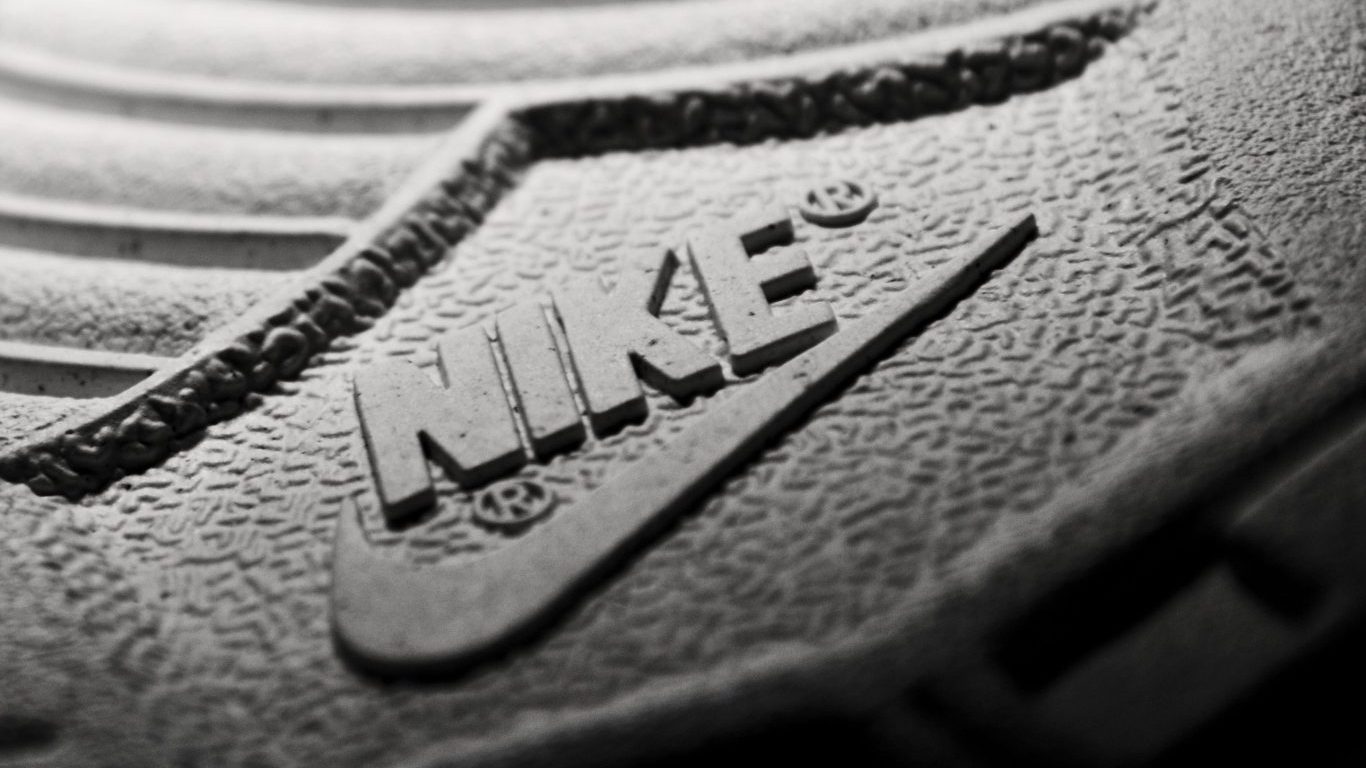Companies and Brands
How the Holiday Season Will Affect Under Armour and Nike

Published:
Last Updated:

Until late October, Under Armour Inc. (NYSE: UA) was handily outperforming Nike Inc. (NYSE: NKE). That changed when Under Armour’s very high valuation and expectations finally got ahead of themselves and investors dumped the stock on what would otherwise be considered minor news of an inventory spike. Under Armour also had the distinguished but burdensome title of beating Wall Street expectations for 27 quarters in a row, and only beat by one cent last earnings.
That’s good, but not good enough apparently for a stock that was valued at 110 times earnings and is now 90 times. When you get to these levels and expectations, any small piece of negative news can upset the apple cart, which is what happened. Will holiday season earnings put Under Armour back on top of Nike by early next year?
To answer that question we need to keep scale in perspective. Nike is over six times the size of Under Armour by market cap and almost 16 times its size by annual earnings. Also notable is that although the two are competitors, they each specialize in different clothing areas, which limits their impact on each other somewhat. Some 65% of Nike’s sales in the most recent quarter were footwear. Under Armour primarily sells apparel, accounting for 72% of its revenues.
As for the negative news that supposedly brought Under Armour down since late October, it is questionable if that was “the” cause or just a catalyst for resetting sentiment on a very expensive company. It is always tempting to look for a narrative on the “why” as that’s what makes a story, but the narrative is often contrived when it comes to shorter term stock trends.
ALSO READ: Why Lululemon’s Downgrade May Be Premature
Assuming a 36% inventory spike really is the issue with Under Armour, the following should be considered. First, the company expects decreasing margins from expected footwear liquidation sales to be offset by improvements in other product margins, and that footwear is only a minor segment. Second, while this may be simple PR points coming from Chief Operating Officer Brad Dickerson, the company was specifically looking to spare no expense on product flow in 2015, especially for the holiday season, due to some problems in 2014 getting merchandise out on time. That increased investment partially led to higher inventories.
Third, higher inventories seem to be a familiar problem with clothing companies lately in general, not specific to Under Armour. It’s been a big problem for Lululemon Athletica Inc. (NASDAQ: LULU), for example, and even Nike saw a 10% increase in its inventory since last quarter as well. Under Armour being a fraction of Nike’s size, one would expect inventory imbalances to affect Under Armour more, hence the 36% increase over Nike’s 10%.
When it comes down to it though, both companies are in a similar position regarding their respective stocks. Both are growing rapidly and expectations are very high. Given that bullish sentiment has been cleared somewhat with Under Armour though, holiday performances being proportionally equal, the edge goes to the smaller company.
ALSO READ: Deutsche Bank Says 4 Retail Stocks Were Black Friday Winners
After two decades of reviewing financial products I haven’t seen anything like this. Credit card companies are at war, handing out free rewards and benefits to win the best customers.
A good cash back card can be worth thousands of dollars a year in free money, not to mention other perks like travel, insurance, and access to fancy lounges.
Our top pick today pays up to 5% cash back, a $200 bonus on top, and $0 annual fee. Click here to apply before they stop offering rewards this generous.
Flywheel Publishing has partnered with CardRatings for our coverage of credit card products. Flywheel Publishing and CardRatings may receive a commission from card issuers.
Thank you for reading! Have some feedback for us?
Contact the 24/7 Wall St. editorial team.